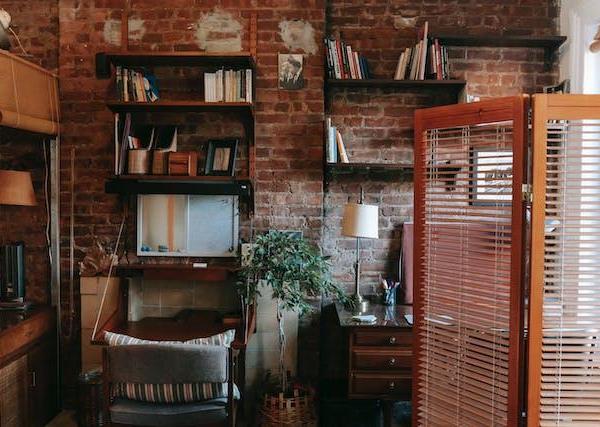Understanding Minimalism:
Minimalism is a design and lifestyle philosophy that emphasizes simplicity, functionality, and the intentional elimination of excess. It focuses on creating a space that is free from unnecessary clutter and distractions, allowing for enhanced focus, relaxation, and a sense of calm. Minimalist home decor is characterized by clean lines, neutral colors, and a purposeful arrangement of essential items. To embrace minimalist home decor, it is crucial to understand that it is not about depriving oneself of possessions but rather about curating a space that is intentional and meaningful. By adopting a minimalist mindset, you can create an environment that supports your well-being and enhances your quality of life.
Decluttering:
Decluttering is a fundamental aspect of minimalist home decor. It involves evaluating your possessions and letting go of items that no longer serve a purpose or bring joy to your life. To start decluttering, begin by tackling one room at a time. Sort items into categories such as keep, donate, or discard.When deciding whether to keep an item, ask yourself if it aligns with your values, if it is used regularly, and if it brings you joy. Be ruthless in your decluttering process and avoid holding onto items out of guilt or sentimental attachment. Remember, minimalism is about surrounding yourself with only what you need and love.
Streamlining Furniture and Decor:
Minimalist home decor favors clean and simple lines. When selecting furniture and decor items, opt for pieces that are functional, timeless, and have a purpose. Avoid excessive ornamentation and instead focus on high-quality items that will stand the test of time.Invest in multifunctional furniture that maximizes space and reduces clutter. For example, choose a bed with built-in storage or a coffee table with hidden compartments. Keep surfaces clear by only displaying a few carefully curated decor pieces that hold personal significance. It is essential to create a sense of balance and visual calm within the space.
Neutral Colors and Natural Materials:
To achieve a minimalist aesthetic, choose a neutral color palette for your walls, furniture, and decor. Whites, grays, and earth tones create a serene and timeless atmosphere. These colors also enhance the sense of spaciousness and allow other focal points in the room to stand out.Incorporate natural materials such as wood, stone, and plants to add warmth and texture to your space. Utilize sustainable and eco-friendly materials whenever possible to align with the minimalist ethos of simplicity and sustainability.
Embracing Negative Space:
Negative space, also known as white space, is crucial in minimalist home decor. It refers to the intentional empty areas in a room that allow for visual rest and a sense of tranquility. Embrace open spaces on walls, countertops, and floors, avoiding overcrowding or cluttering your living areas.By allowing for negative space, you create a harmonious balance between objects and emptiness, enhancing the overall visual appeal of your space. It also promotes clarity of thought and cultivates a feeling of serenity.
Organizational Systems:
Implementing effective organizational systems is essential in maintaining a minimalist home. Use storage solutions such as bins, baskets, and shelves to keep items organized and out of sight. Adopt a "one in, one out" policy, which means that for every new item you bring into your home, you let go of an existing one.Assign a designated place for each item in your home to avoid clutter accumulation. Adopting a minimalist mindset means only keeping items that serve a purpose and bring value to your life. Regularly reassess and declutter to ensure that your space remains clutter-free.
Mindful Consumption:
Minimalism extends beyond the physical aspect of decluttering and organizing. It also emphasizes a mindful approach to consumption. Before making a purchase, ask yourself if the item is necessary and if it aligns with your values and lifestyle. Consider the environmental and social impact of the product, supporting sustainable and ethical brands whenever possible.By adopting a mindful consumption approach, you can reduce the accumulation of unnecessary possessions and make more intentional choices that align with your minimalist lifestyle.
Minimalist home decor offers a pathway to decluttering, simplifying, and creating a serene living environment that promotes peace and well-being. By embracing minimalist principles, such as decluttering, streamlining furniture and decor, utilizing neutral colors, embracing negative space, implementing organizational systems, and practicing mindful consumption, you can transform your living space into a minimalist haven.
Remember, minimalism is not just about aesthetics but also about cultivating a mindset of intentional living and simplicity. By incorporating these tips into your home decor journey, you can create a space that not only looks visually appealing but also supports your overall well-being and allows you to focus on what truly matters. Embrace the beauty of minimalism and enjoy the benefits of a clutter-free and serene living environment.



